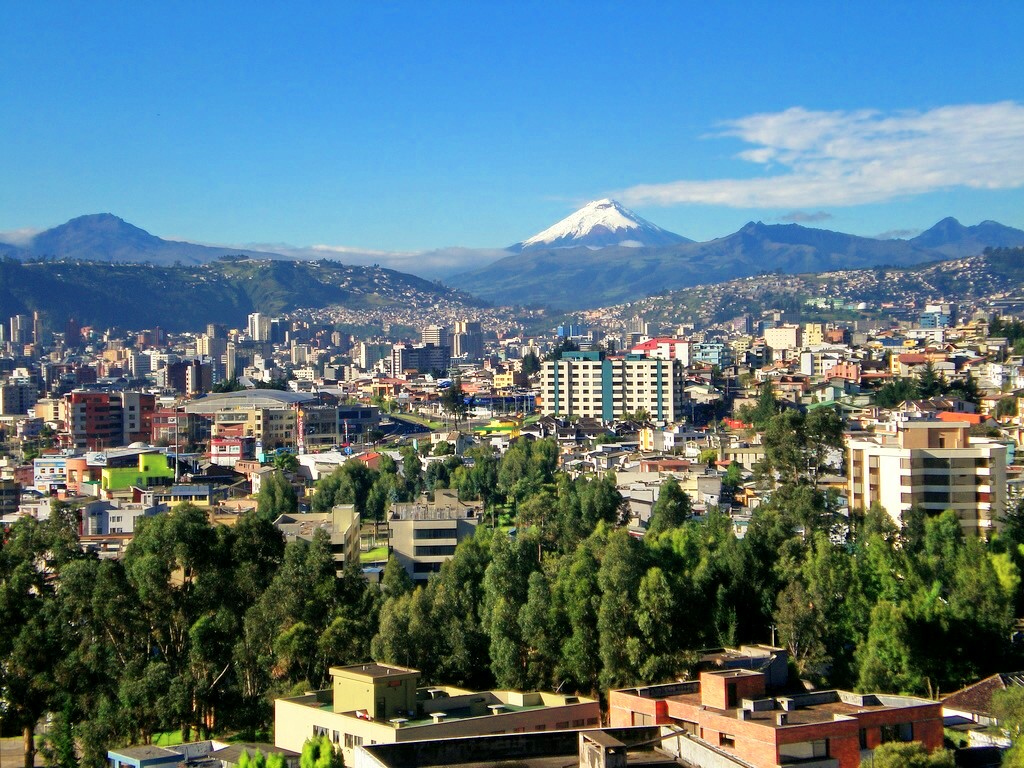San Francisco de Quito, the capital of Ecuador, sits at over 9,000 feet above sea level. Quito’s volcanic peaks straddle the equator, the invisible line around the center of the Earth after which this South American country was named.
Located high in the Andes, on the bulge of the equatorial line, Quito is the closest national capital to the sun. Fitting for a place at the intersection of two hemispheres, there is symmetry everywhere you look.
As a meeting point between two equal halves, Quito is all about balance. Just like the Earth, it’s intersected by an imaginary line, separating the UNESCO-protected Old Town from the trendy New Town, mirroring the past with the present.
The gondola up the Pichincha Volcano
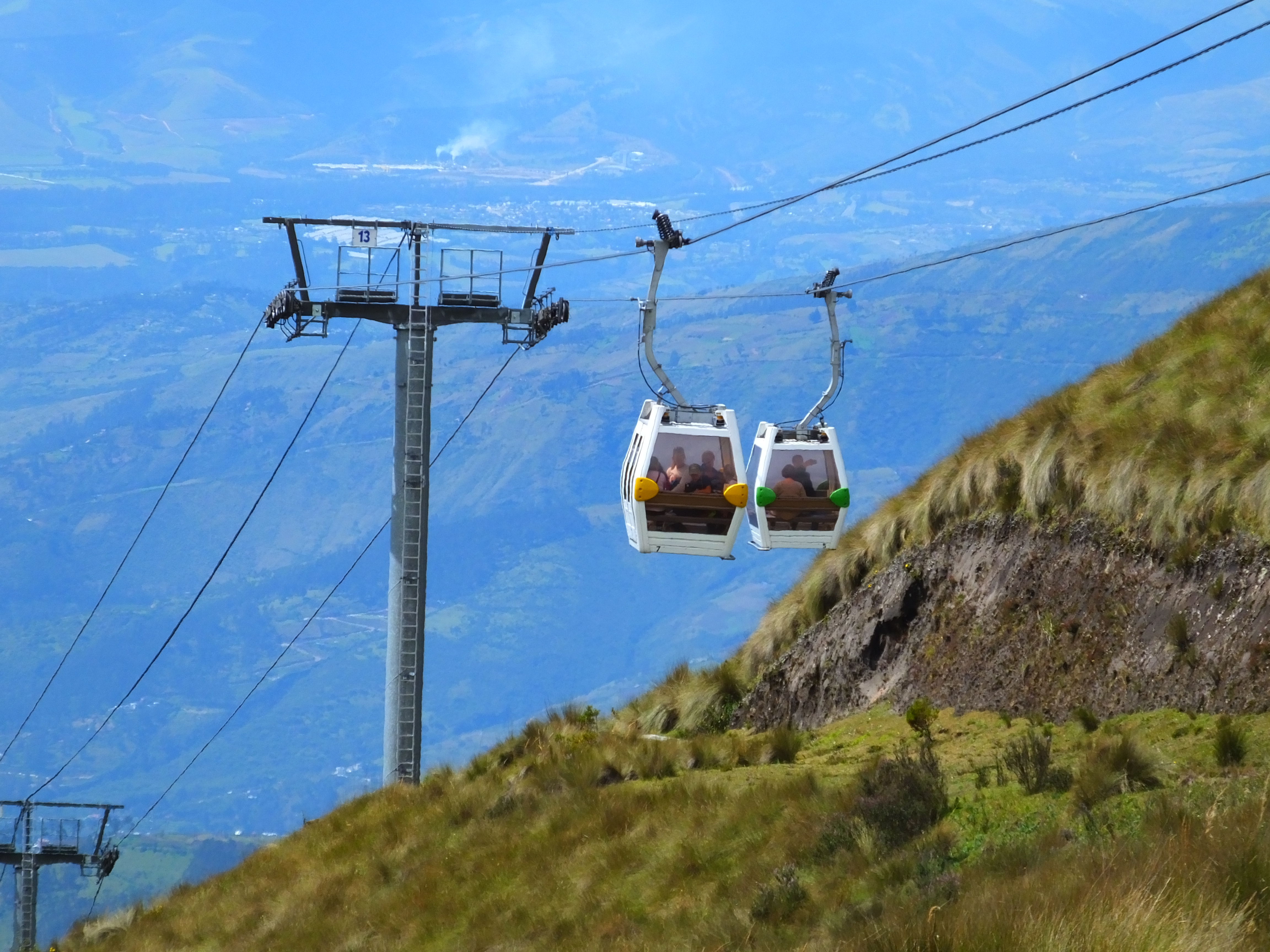
To see both halves at once, take the gondola up the Pichincha Volcano. On these slopes, a historic battle took place that resulted in Quito’s liberation from Spain in 1822.
Statue of Antonio José de Sucre
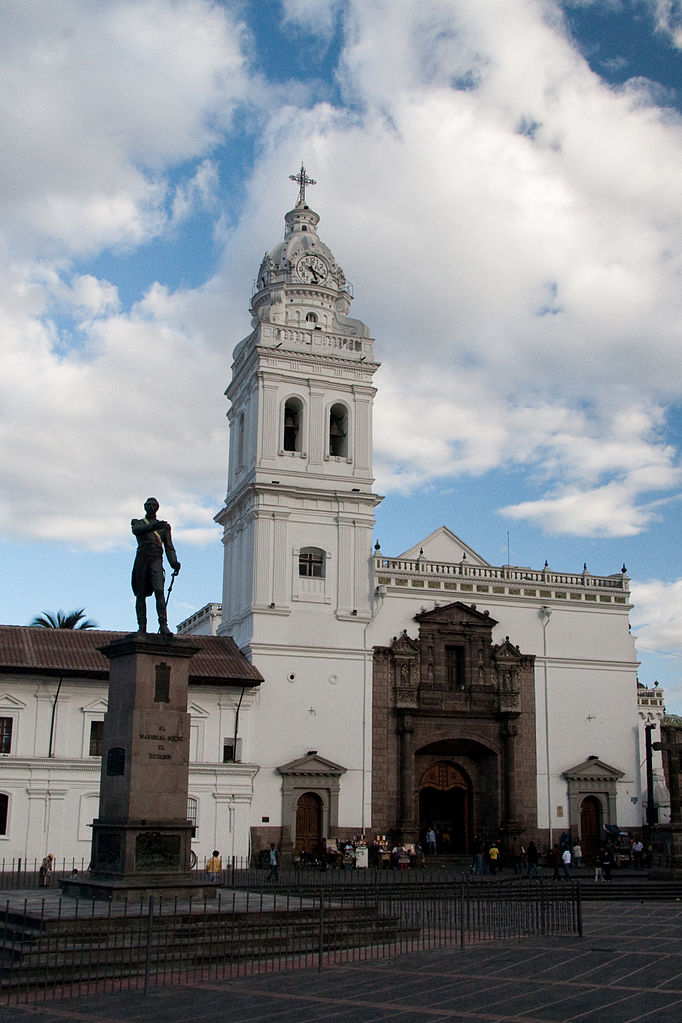
Declaring victory was independence leader Antonio José de Sucre, whose statue stands far below, in front of the Santo Domingo Church.
The Metropolitan Cathedral
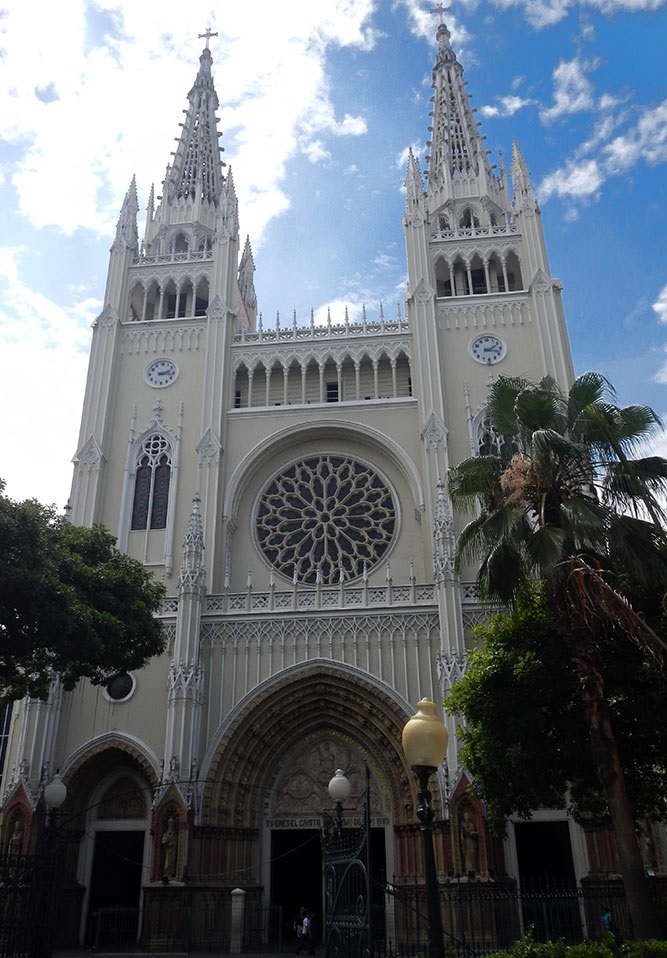
In the Metropolitan Cathedral, facing Independence Square, you can visit Sucre’s tomb.
The Quito School of Art
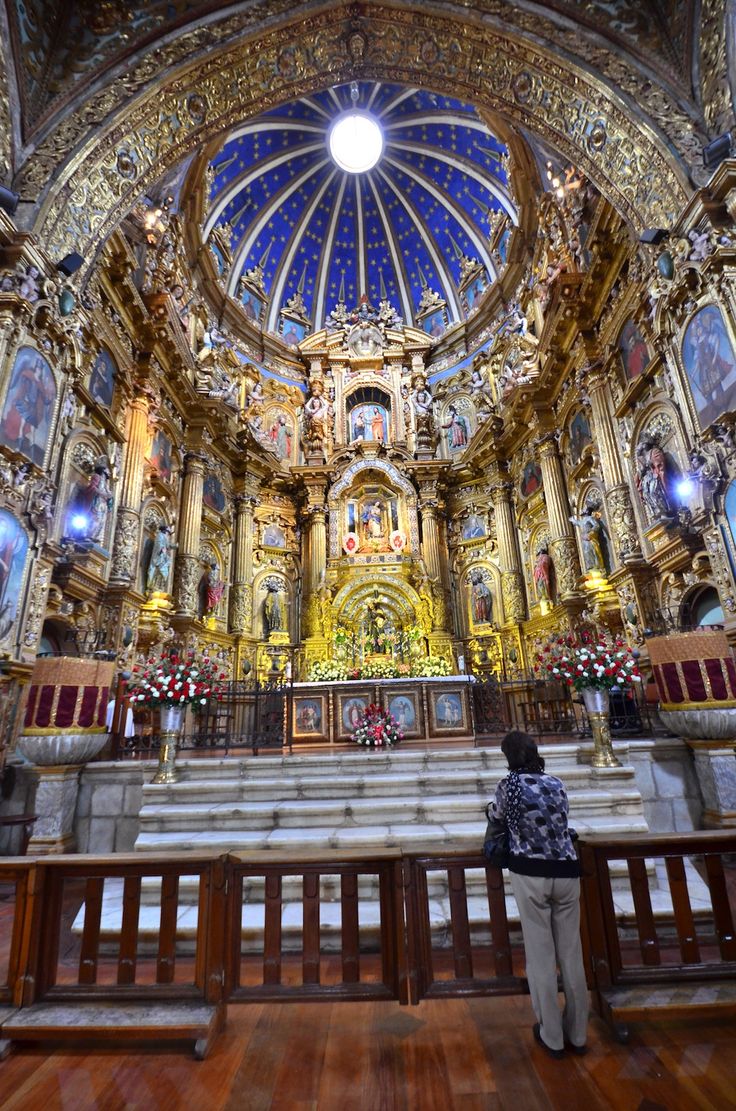
Despite being one of the oldest cathedrals in South America, the lofty building still impresses anyone who enters its cool interior. Many artworks incorporate local interpretations of the Bible, such as the guinea pig served for The Last Supper.
The cathedral’s blend of indigenous, European and Arabic styles became known as the Quito School of Art and this style can also be found in the nearby Basilica de la Merced, which, among other historic treasures, has an impressive cloister library.
The Plaza de la Independencia
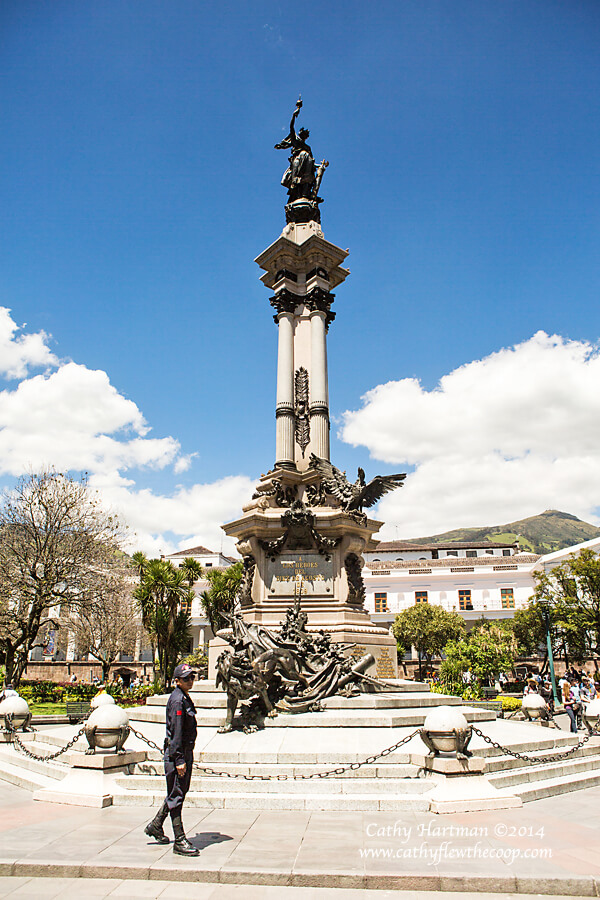
Back on the Plaza de la Independencia, a soaring monument shows the national emblem, the condor, symbolically breaking the chains of oppression from Spain, the lion.
The Plaza Grande
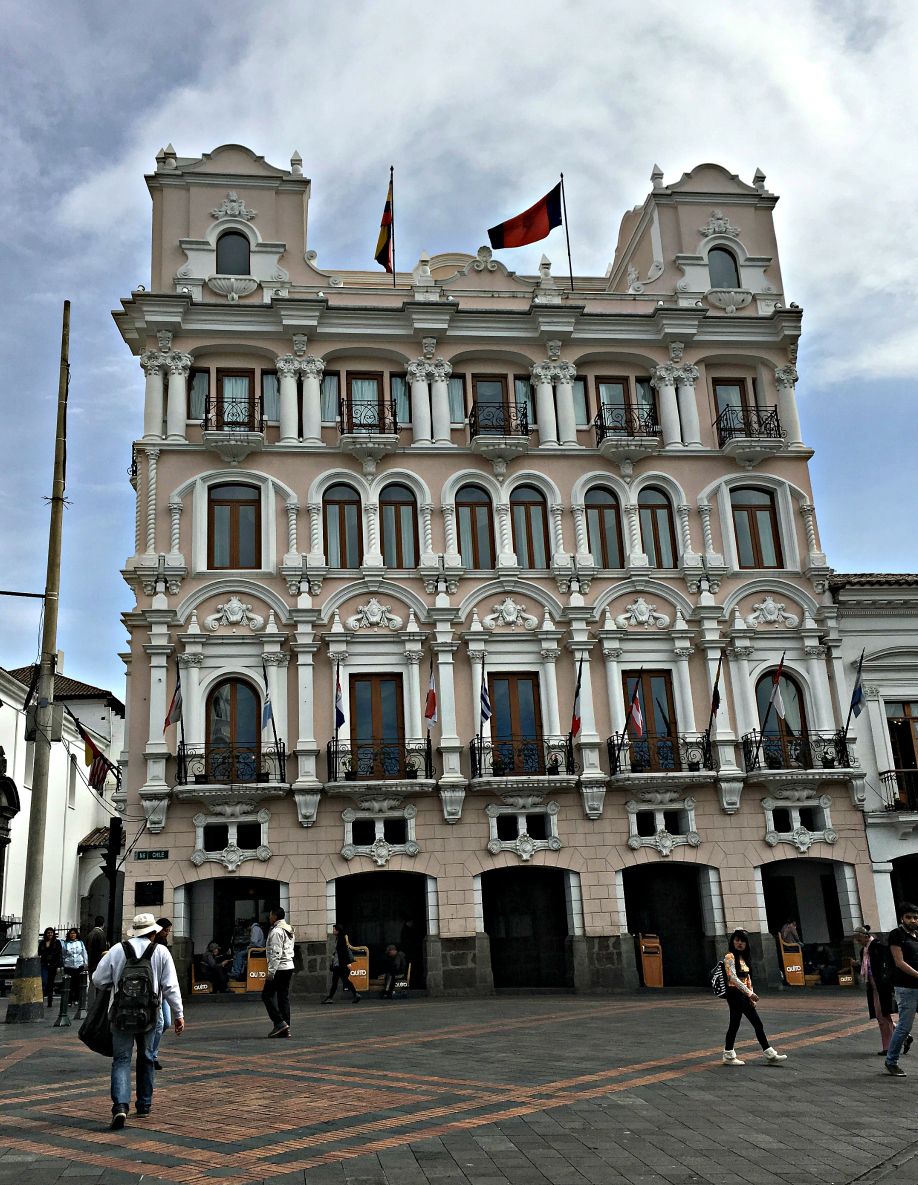
This generous public space is also known as the Plaza Grande and, as the civic heart of the city, houses the Municipal Palace and the Presidential Palace.
Archbishop’s Palace
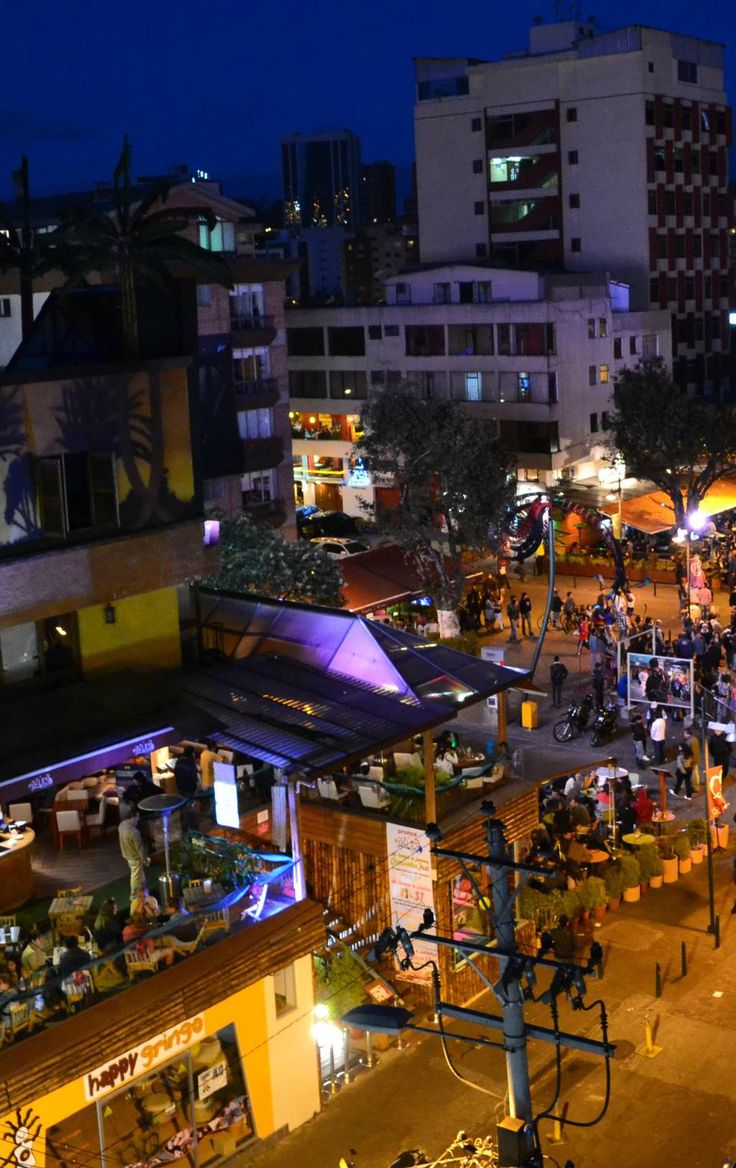
In between stands the former Archbishop’s Palace, now a cultural center and restaurant. Take a seat on a patio balcony to sample authentic Ecuadorian food, such as hearty potato soup and deep-fried plantains with cheese.
Itchimbia Park
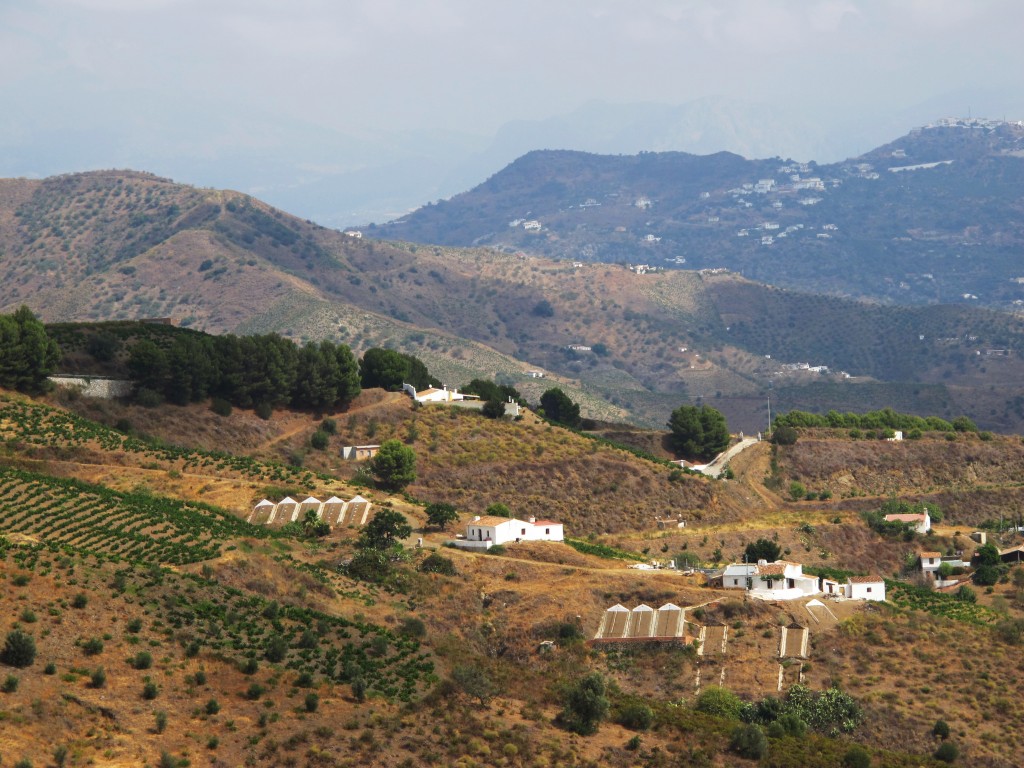
After lunch, take a taxi to Itchimbia Park, on a hill just to the east. Its contemporary Cultural Center is wonderful, but the main attraction here is the view.
The Basilica of the National Vow

Below, the Basilica of the National Vow offers a peaceful haven to everyone who steps inside. The sunlight filters in through the stained glass windows, creating an ethereal space.
View from the rooftop of the Basilica
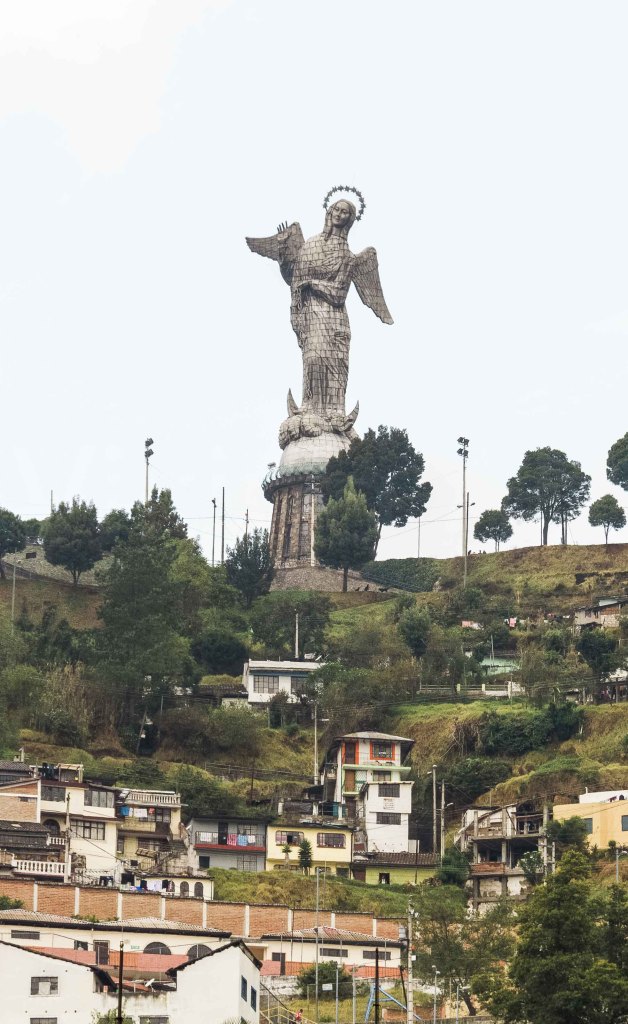
Walk across the cathedral’s spine at the roof level to climb its highest tower for unforgettable views of Panecillo hill and its winged statue of Mary.
The Plaza de San Francisco

The artwork was inspired by Quito’s Madonna, a precious statue kept safe in the church on the Plaza de San Francisco. This square was an important market place in pre-Inca times and in its underground passageways, you can still buy local artifacts.
The Plaza de San Francisco interior
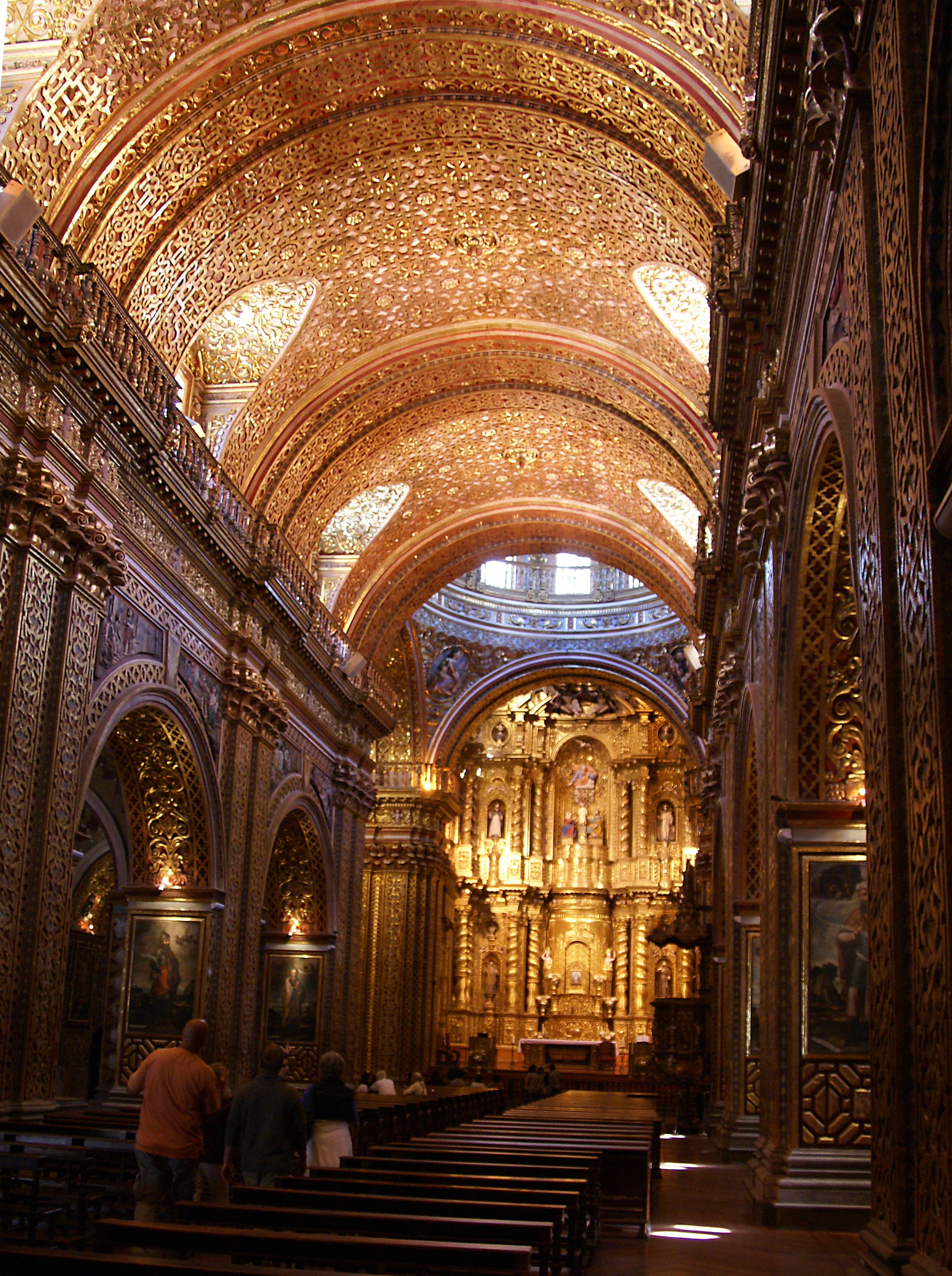
With its dazzling interior and volcanic stone façade, this truly is one of the continent’s finest.
Calle La Ronda
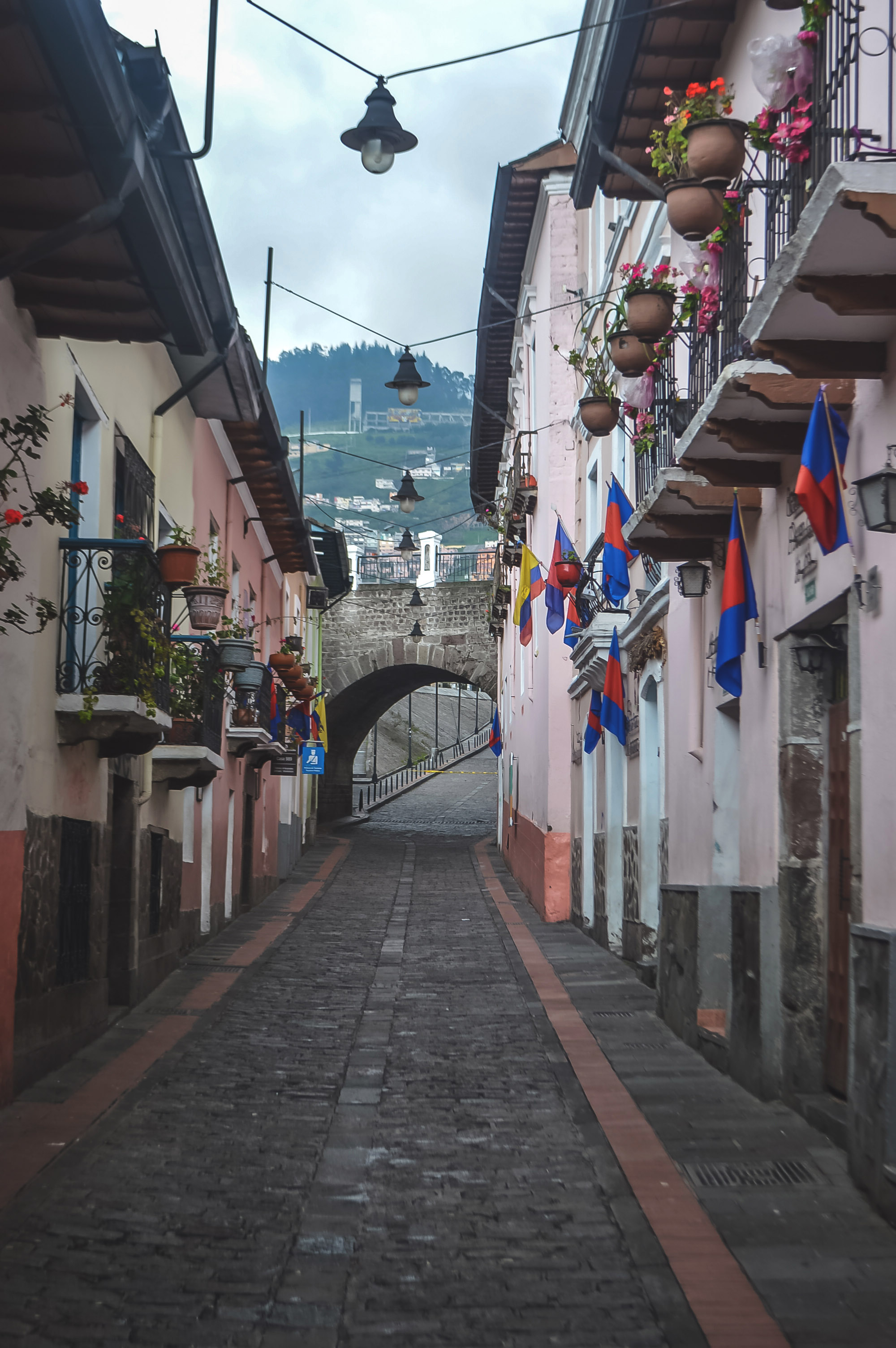
A good place to end your tour of the Old Town is the nearby ancient thoroughfare: Calle La Ronda.
La Mariscal Craft Market
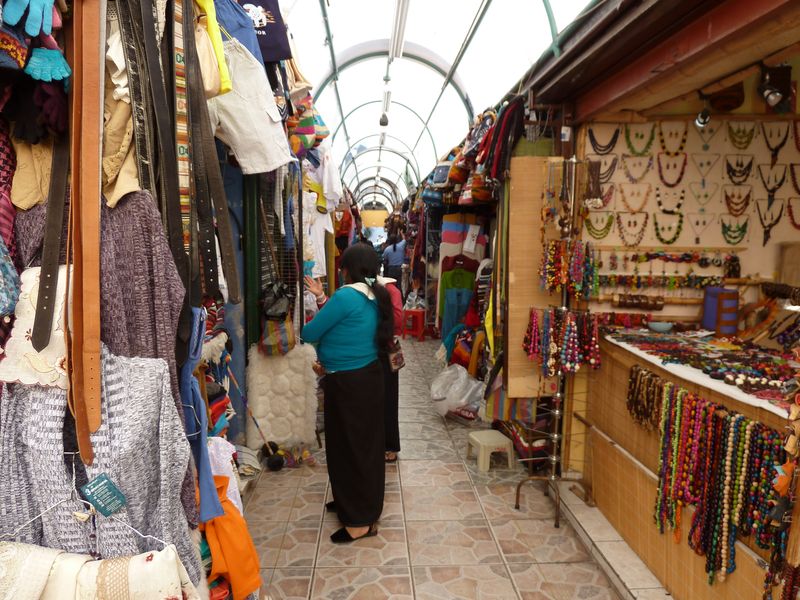
Transport yourself back to the 21st century in Quito’s New Town, known locally as La Mariscal. The area around Plaza del Quinde is an energetic jumble of colors and styles, and so is the nearby Craft Market.
Nearby, the bohemian Guápulo neighborhood clings to the mountain slopes, providing a glimpse of what lies beyond.
The Valley of Lulumbamba
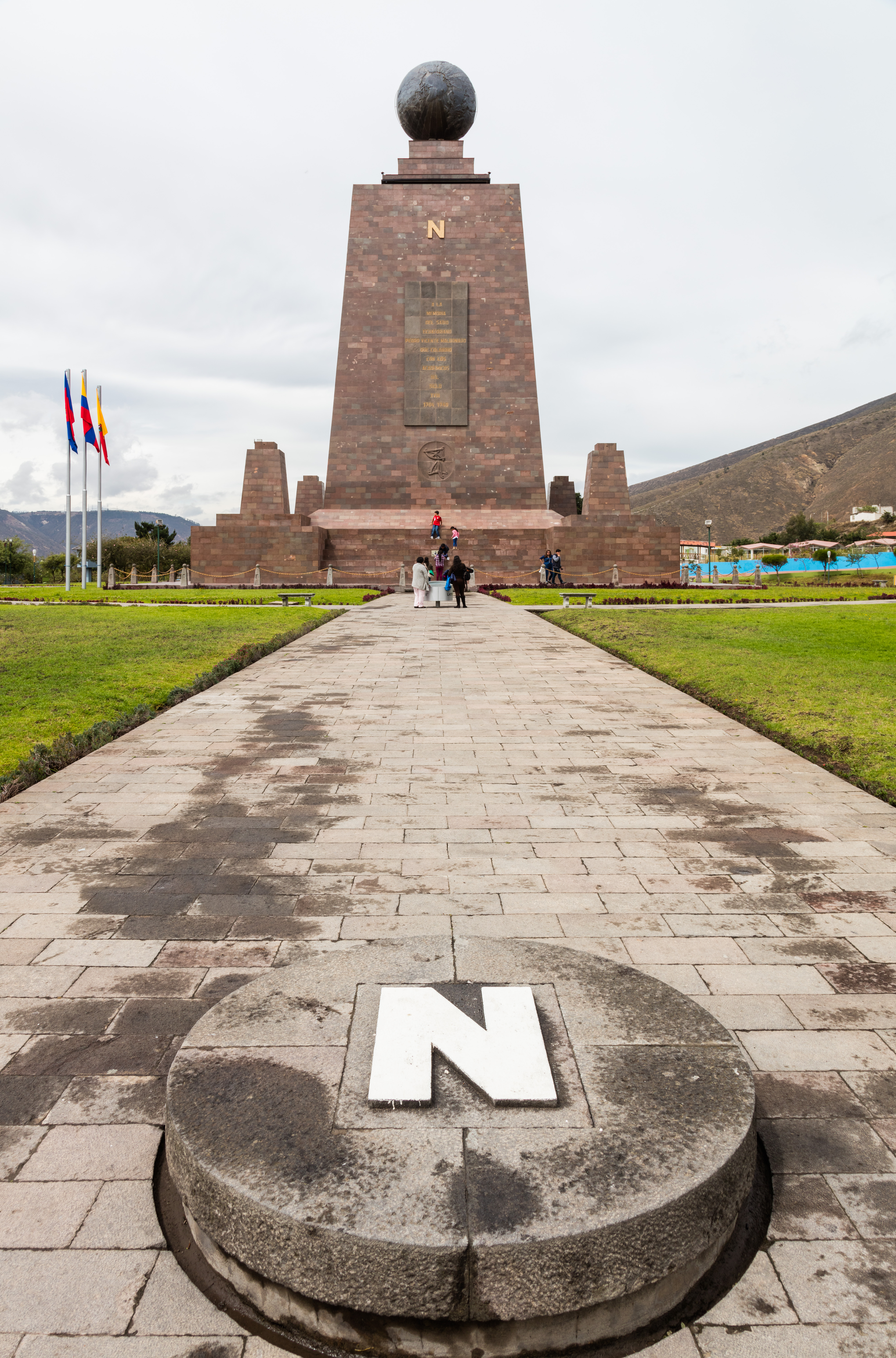
Just to the north, in the Valley of Lulumbamba, you can stand in two hemispheres at the same time. The carved stone heads leading up to the Mitad del Mundo Monument represent the French scientists who almost three centuries ago, declared this to be the Equator.
Modern technology shows this is not the case, but it’s still a popular attraction.
The Intiñan Solar Museum
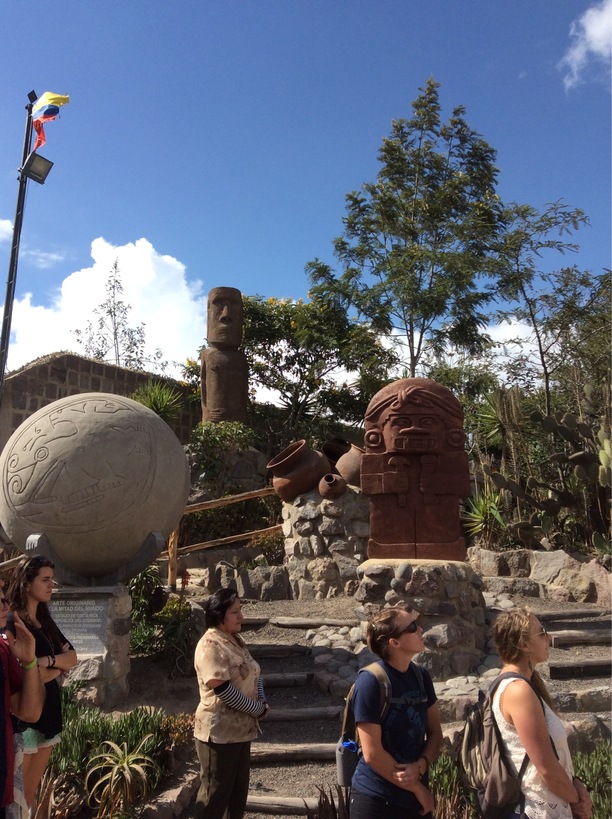
The Intiñan Solar Museum, less than 800 feet away, lays claim to be on the real equatorial line. The entertaining experiments aim to show a change in the pull of gravity, although, in reality, the effect is too minute to observe with the naked eye.
The shrunken head on display here, however, is anything but a trick: it’s a war relic of the tribal Shuar people.
The Pululahua Geobotanical Reserve
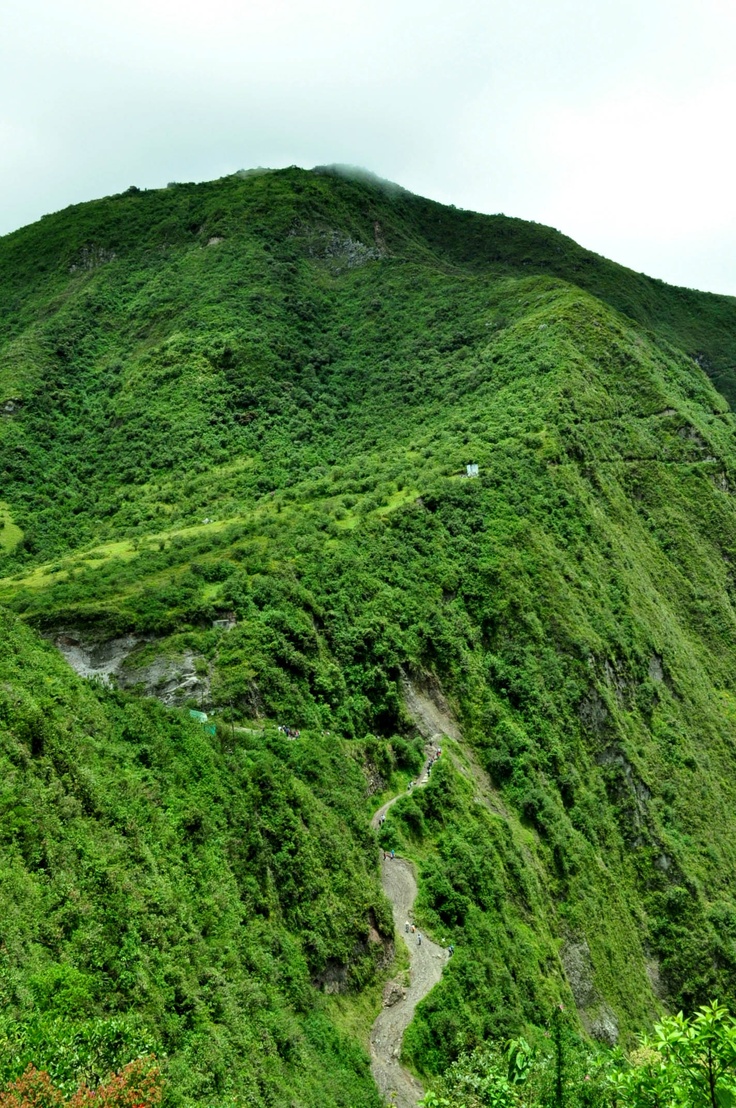
Many of Ecuador’s surviving indigenous people still live off the land. This rural region may be poor, but its volcanic landscape is extremely fertile and rich in biodiversity.
A prime example is the Pululahua Geobotanical Reserve, one of South America’s first national parks and one of the largest volcanic craters in the world.
The Maquipucuna Cloud Forest Reserve
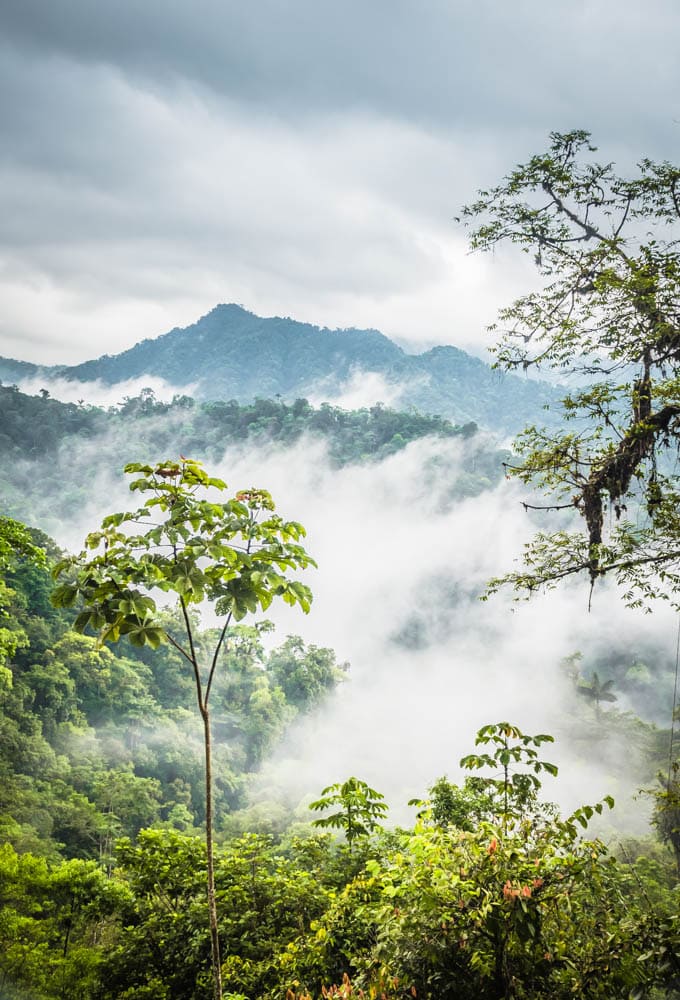
“Pululahua” is Quechua for “cloud of water” and the caldera is often shrouded in mist. Of similar mystical appeal is the Maquipucuna Cloud Forest Reserve, a lush paradise for hummingbirds.
Cotopaxi National Park
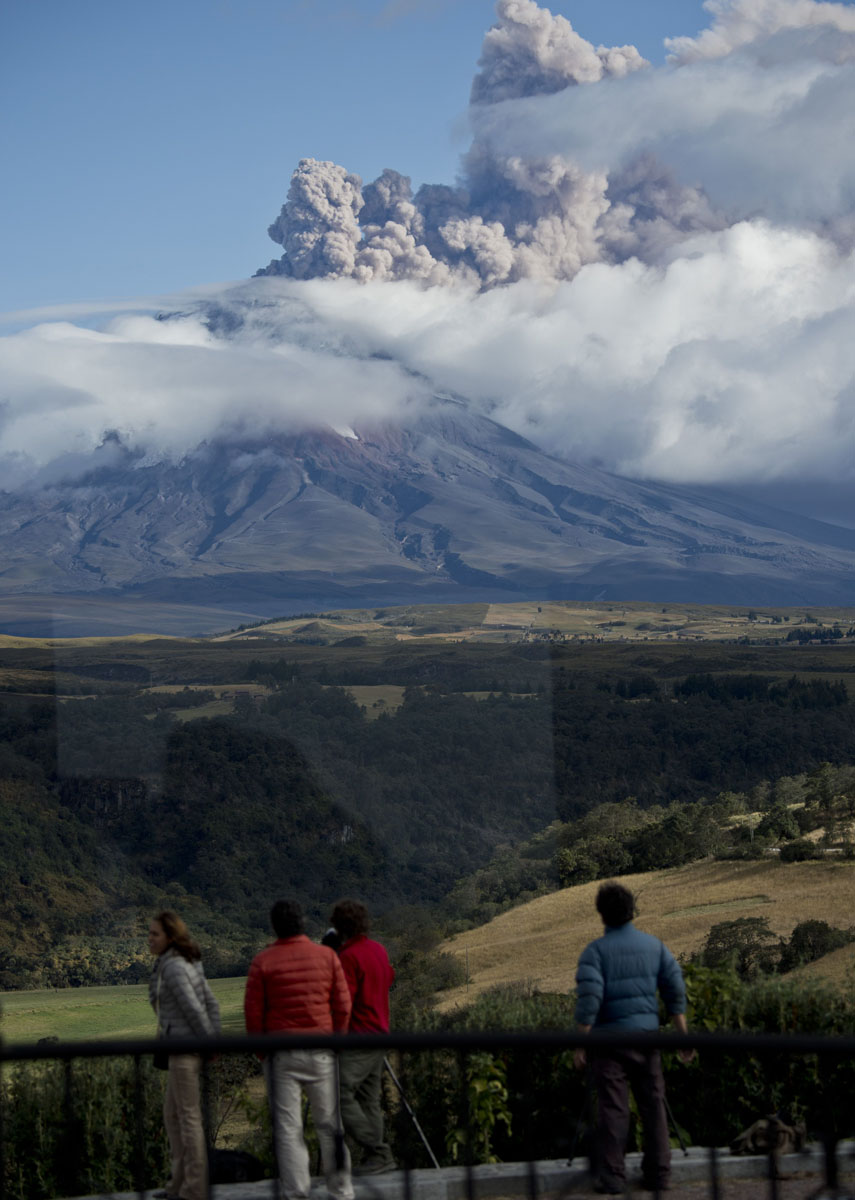
Some of these tiny birds have adapted to the high-altitude prairie of the nearby Cotopaxi National Park, finding nectar on the cliffs of its highly active volcano.
Despite volcanic eruptions, earthquakes, and power struggles, Quito has always recovered its equilibrium and, today, continues to shine.
In order to create harmony, we don’t always have to choose between tradition and progress, or spirituality and science.
Come take a journey to the ‘middle of the world’ and find wonder… and wisdom… in Quito…
